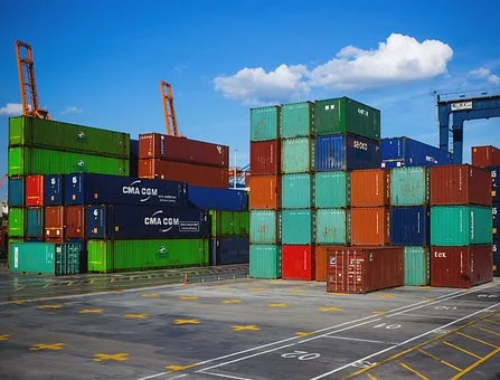China January factory activity to show steady growth, but faces triple-threat
The official manufacturing Purchasing Managers' Index (PMI)probably edged down to 51.2 in January from December's 51.4, but remained well within positive territory, according to a median forecast of 22 economists in a Reuters poll.
China's factory activity likely expanded for a sixth straight month in January as the economy continued to benefit from record bank lending, though growth likely slowed from December.
The official manufacturing Purchasing Managers' Index (PMI)probably edged down to 51.2 in January from December's 51.4, but remained well within positive territory, according to a median forecast of 22 economists in a Reuters poll.
A reading below 50 indicates a contraction in activity, while a reading above indicates an expansion on a monthly basis.
The official factory and services surveys next week will be China's first readings of its economic activity in 2017, but the trends may be distorted by the timing of the week-long Lunar New Year holidays, which begins on Jan. 27.
Many factories and offices start to scale back operations ahead of time before shutting for the entire break or longer.
Analysts say China's economy continues to grow at a solid pace, with the industrial sector powered by a construction boom and services expanding robustly, accounting for a greater share of overall economic growth.
But a slowing housing market could reduce demand for building materials such as steel and related home products from appliances to furniture, while signs of tightening by the central bank could push borrowing costs higher later in the year.
China's economic growth cooled to 6.7 percent in 2016, the slowest pace in 26 years but well within the government's target range, and growth in the fourth quarter came in slightly better than expected.
The health of the industrial sector improved dramatically as the housing rebound and higher government infrastructure spending boosted demand for building materials and prices.
Government-mandated cuts in excess coal and steel capacity also helped boost prices and produce a healthier supply-demand balance, with further reductions planned for this year.
China's producer rose the most in more than five years in December, contributing to a reflationary pulse felt across the global manufacturing sector.
Profits for China's industrial firms rose the most in three years in 2016 at 8.5 percent, suggesting there may be a solid pick-up in industrial investment in 2017.
But some analysts expect the sector will face significant challenges this year.
"(With) few signs of a recovery in aggregate demand, given a cooling property market and high corporate leverage, we expect profit growth to face headwinds in 2017," Nomura economists Yang Zhao and Wendy Chen wrote in a note.
"Rising output prices may provide some support, but this is unsustainable as we expect PPI inflation to peak in Q1."
China's massive export manufacturing sector also faces new uncertainty this year as U.S. President Donald Trump indicates new barriers to imports are coming after singling out China for unfair trade practices.
While exports appear to be recovering in other major Asian economies, China's fell more than expected in December and the PMI export sub-index hovered around the 50 mark indicating stagnation for most of the last year.
The official PMI number will be released on Feb. 1, along with the official services PMI.
The private Caixin/Markit PMI survey will be published on Feb. 3.
Analysts expect the Caixin PMI to come in at 51.8, also down slightly from December but still near recent highs.
(Source: mobile.reuters.com/)
-

"2021 China Internet Home Improvement Consumption Trend White Paper" released
-

Sales of soft furniture such as sofas and beds in China doubled in August
-

China' s furniture retail sales in August was 13.7 billion yuan, a year-on-year increase of 6.7%
-

From January to August, China' s furniture exports reached 305.43 billion yuan, an increase of 31%

 沪公网安备31010402003309号
沪公网安备31010402003309号



